-
Products
-
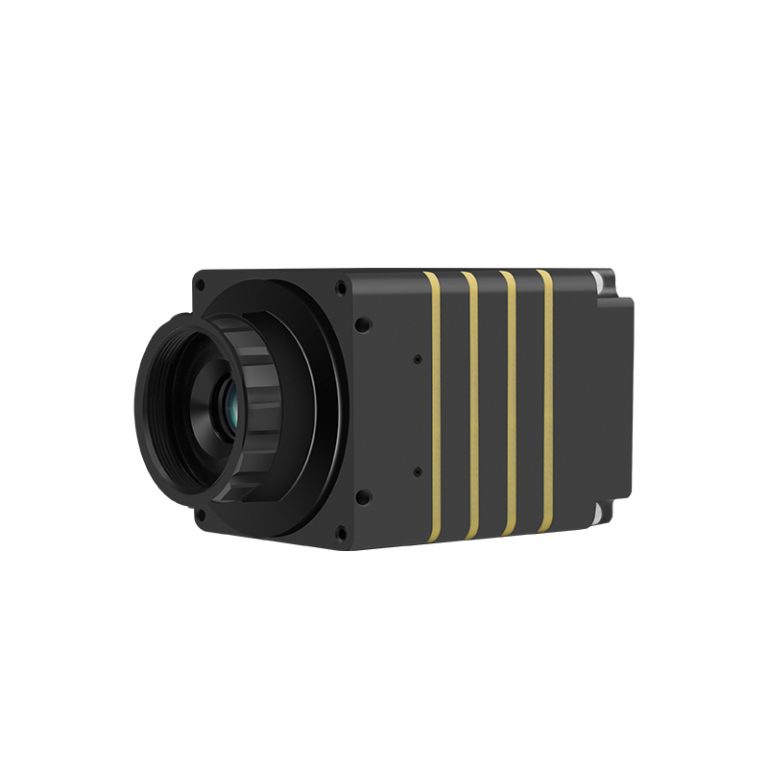
Infrared Thermal Camera Module-
-
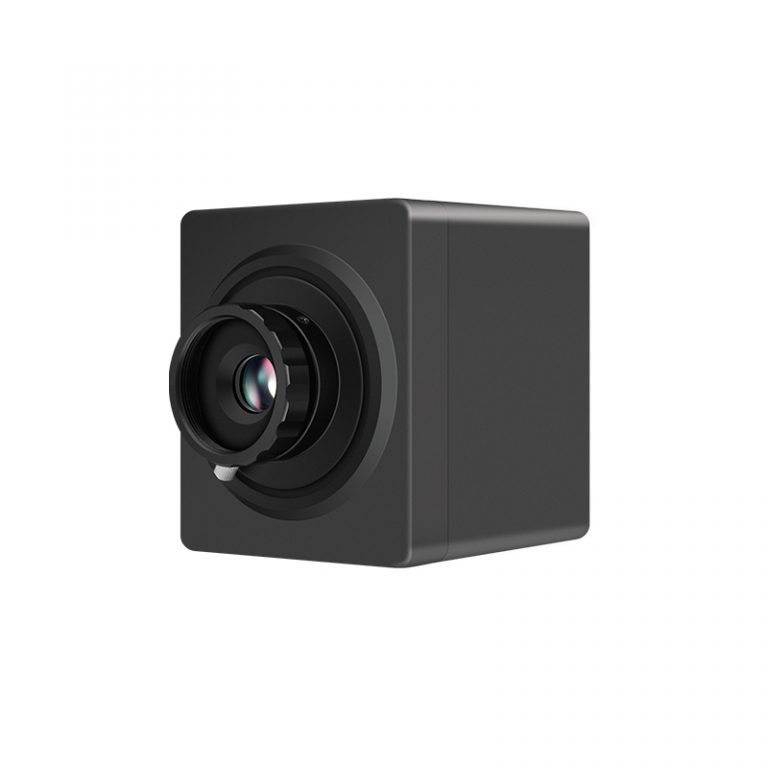
On-line Temperature Measuring T
-
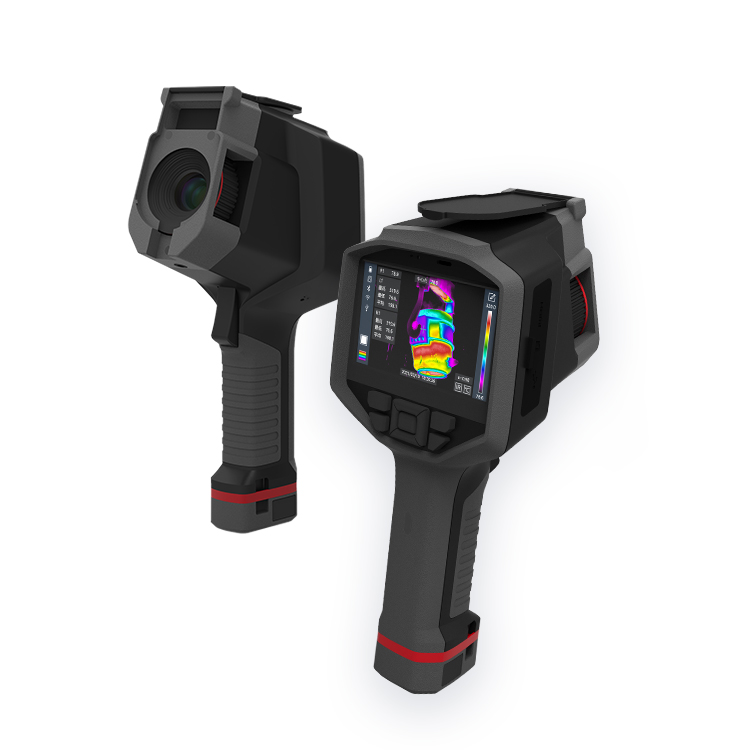
Professional Handheld Thermal C
-
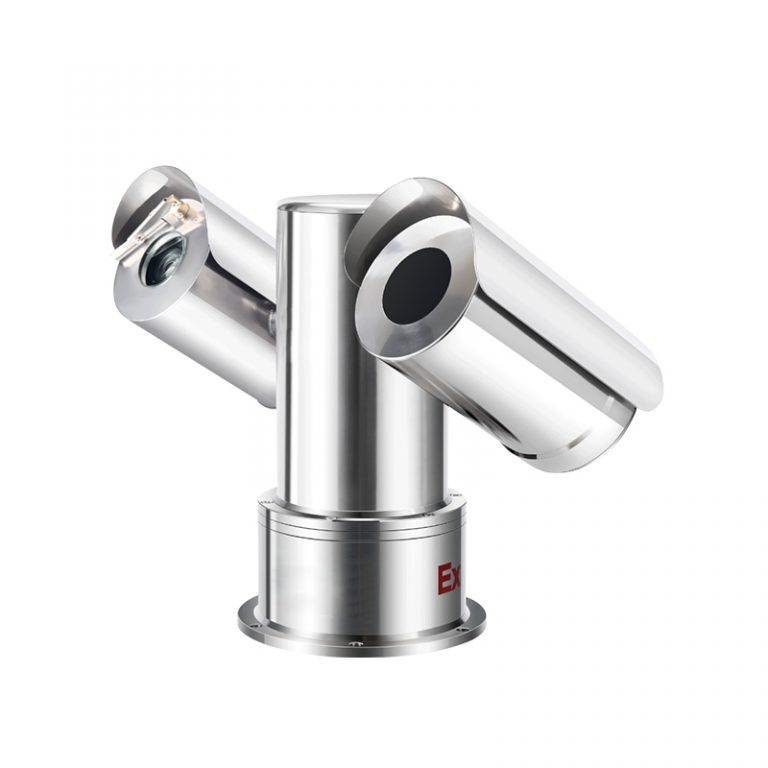
Bi-Spectrum Explosion-proof The
-
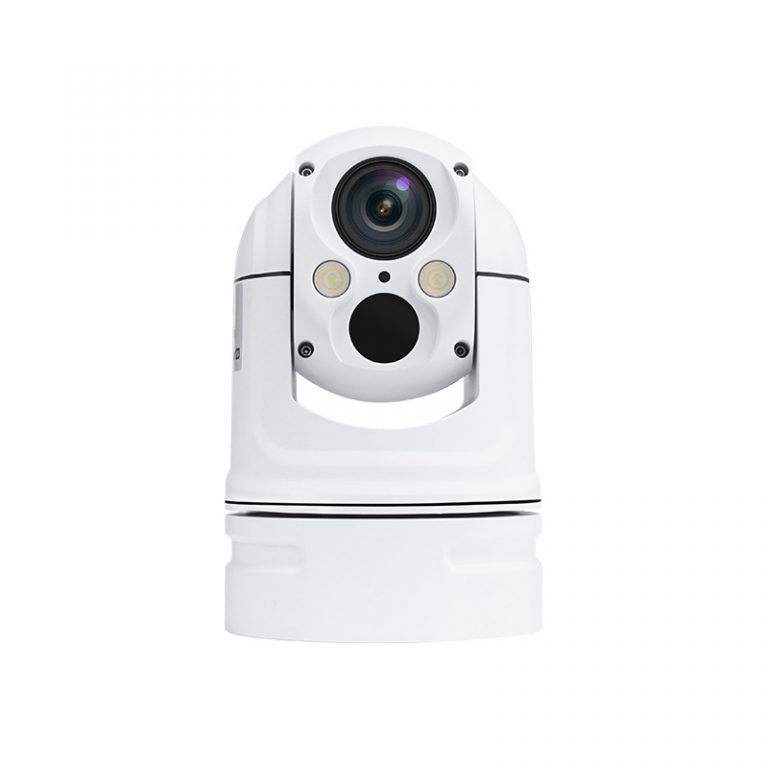
Small Bi-Spectrum Globular Ther
-
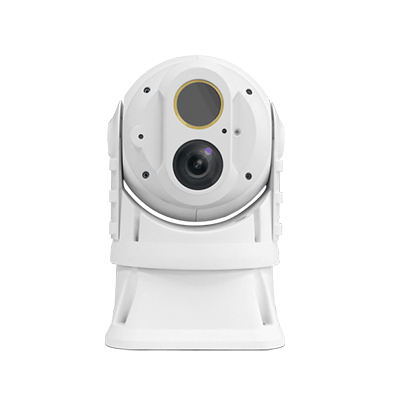
Big Bi-Spectrum Globular Therma
-
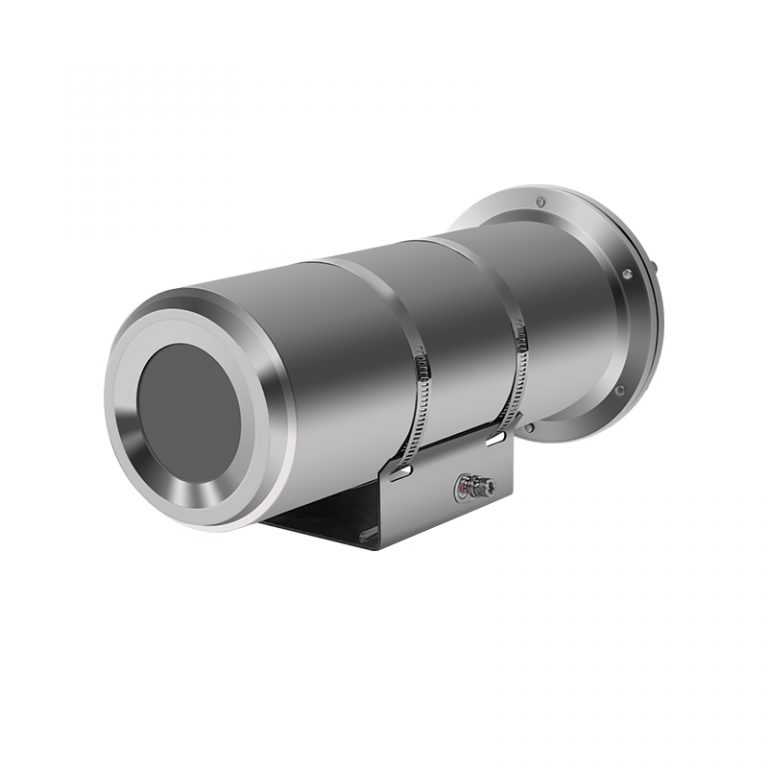
Monocular Explosion-proof Therm
-
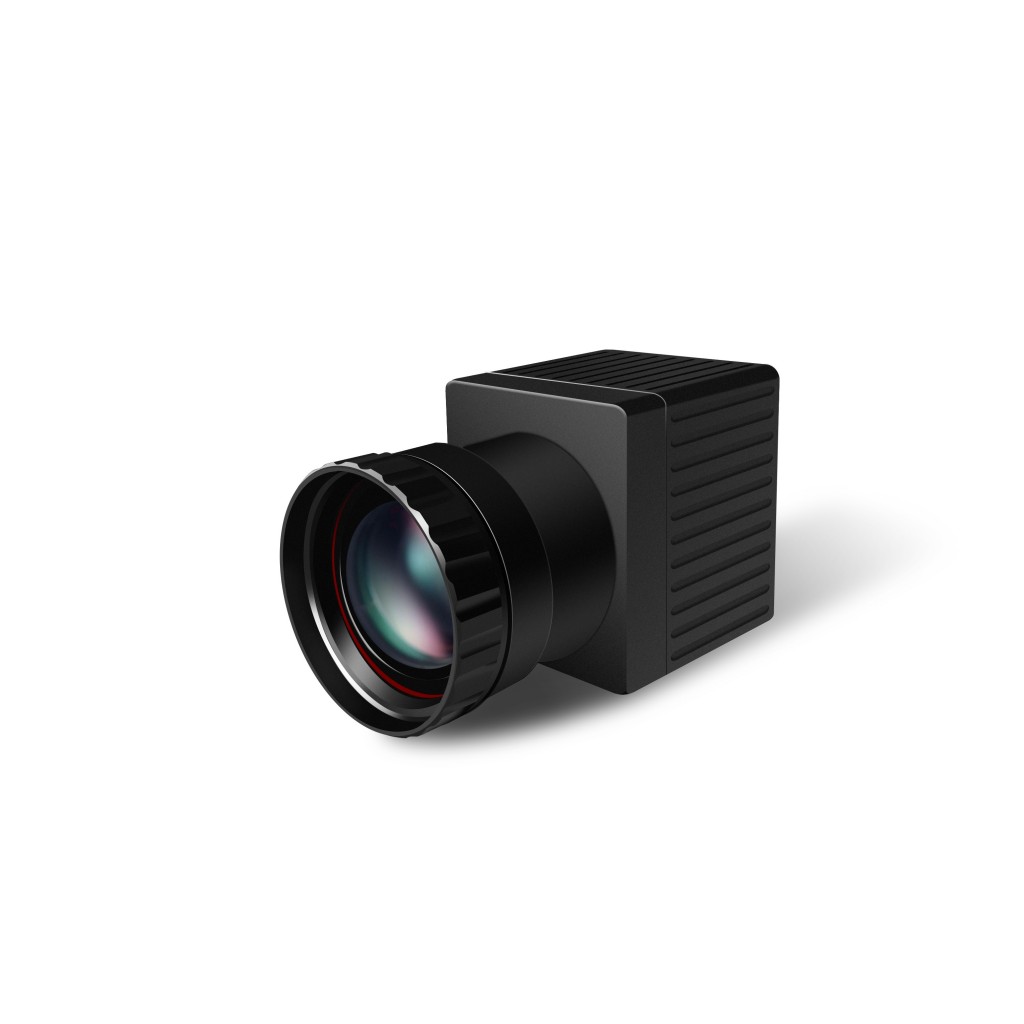
Yoseen Infrared Thermal Camera
-
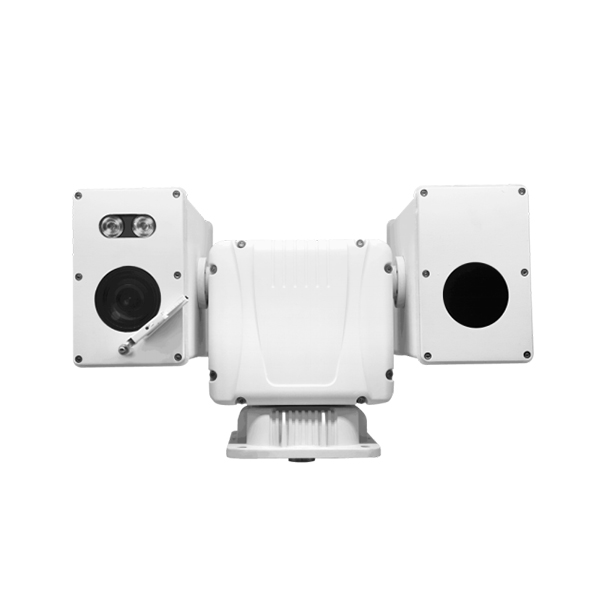
Bi-Spectrum Thermal T-Camera
-
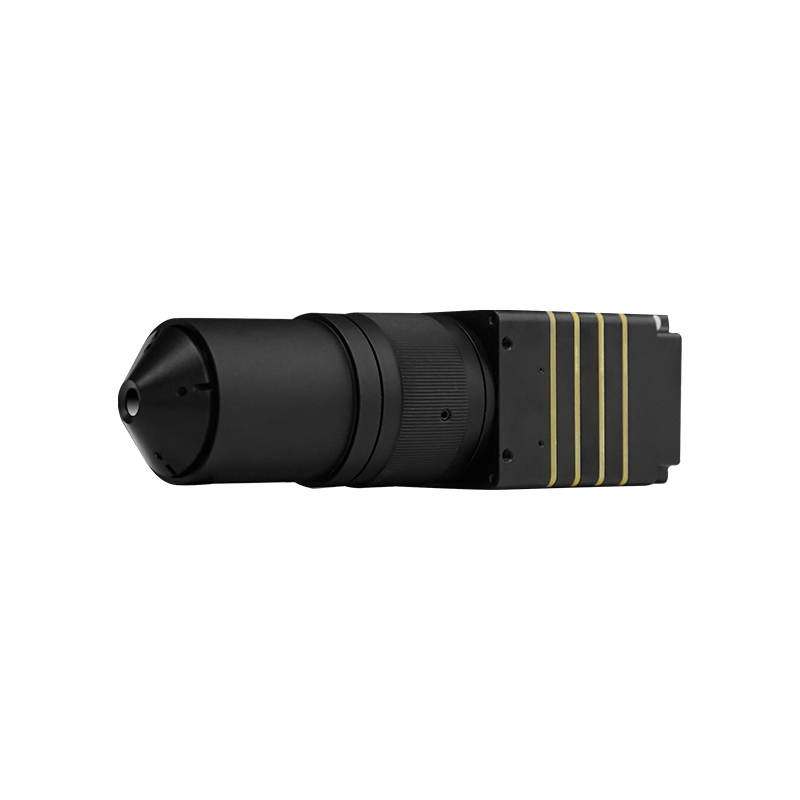
Blast Furnace Monitoring Therma
-
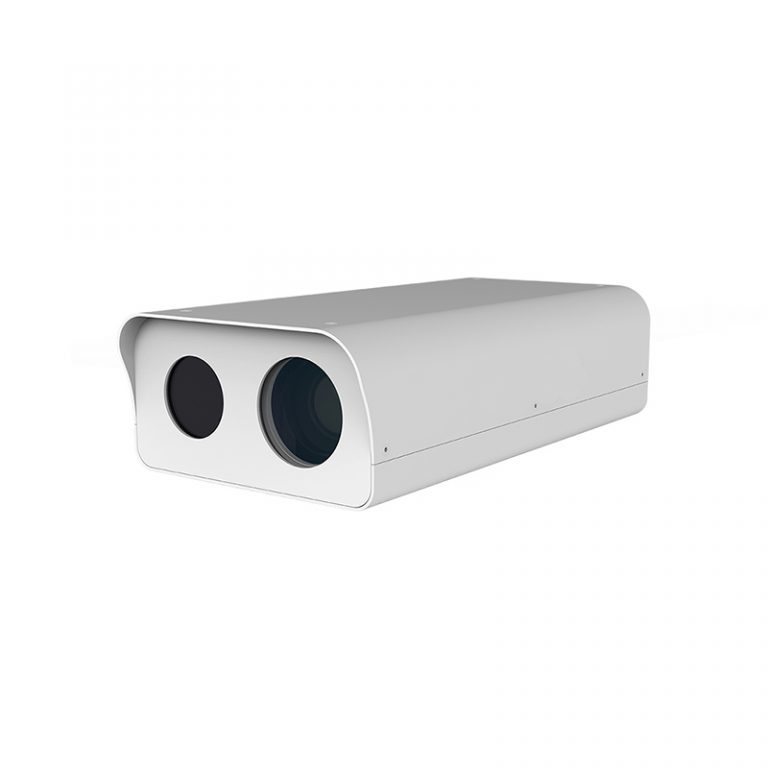
Bi-Spectrum Cabin Thermal Camer
-
-
Solutions
-
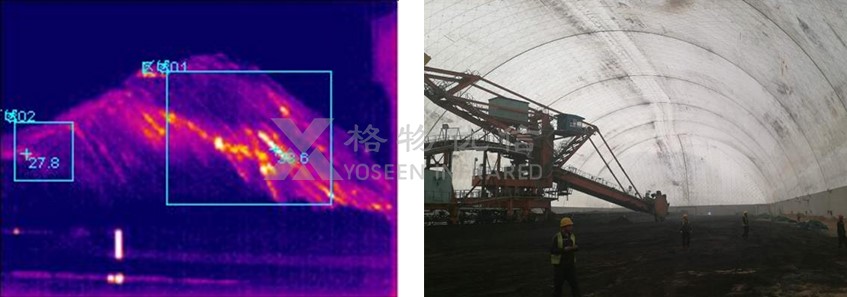
Prevention Solution of Coal Bun
-
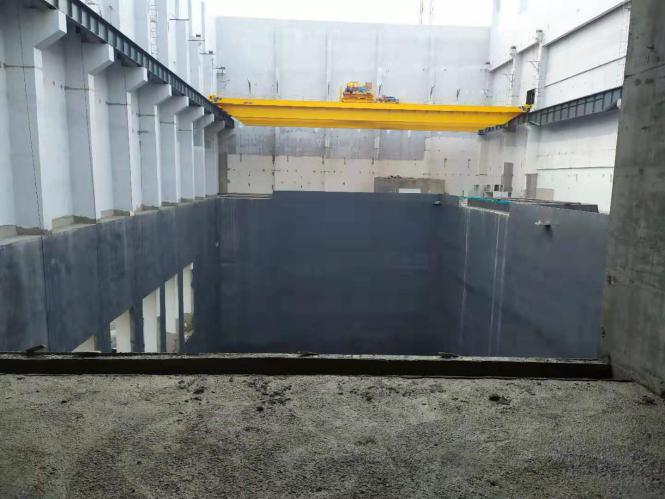
Garbage Power Station Dump Pit
-

Transformer Substation Thermal
-
Converter Station Infrared Ther
-
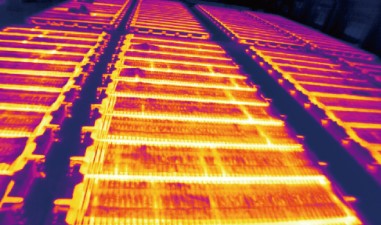
Electrolytic Aluminum Productio
-

Infrared Thermal Camera To Ensu
-
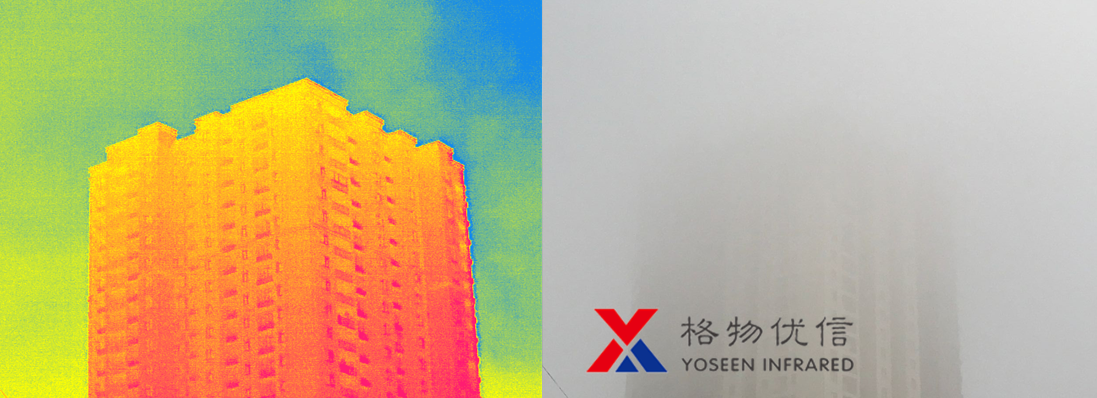
Infrared Thermal Camera Helps B
-
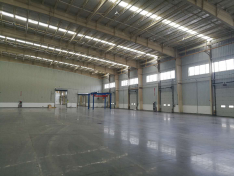
Factories Battery Warehouse The
-
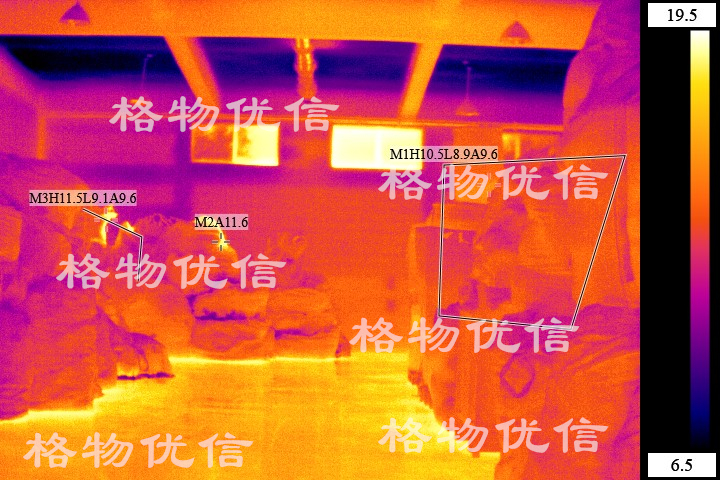
Battery Warehouse Thermal Imagi
-

Train Wheel Hub Infrared Temper
-
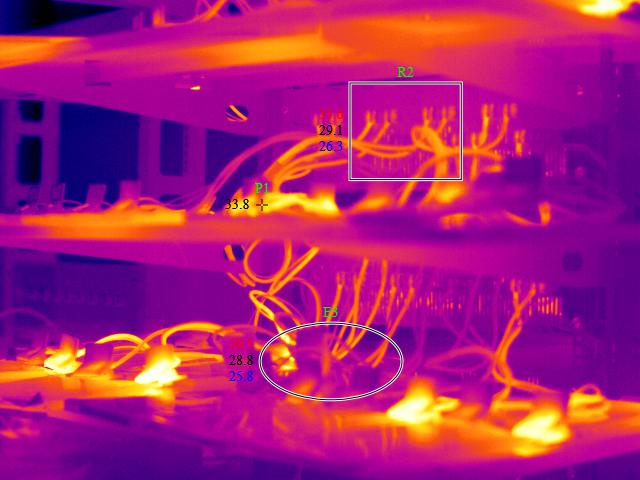
Power Distribution Cabinet Ther
-
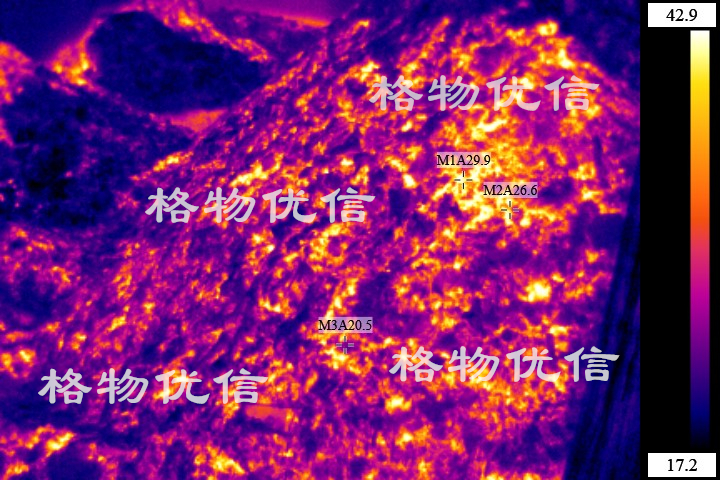
Intrinsically Safe Infrared the
-
- news
- about
- support
- contact



 鄂公网安备 ******号
鄂公网安备 ******号